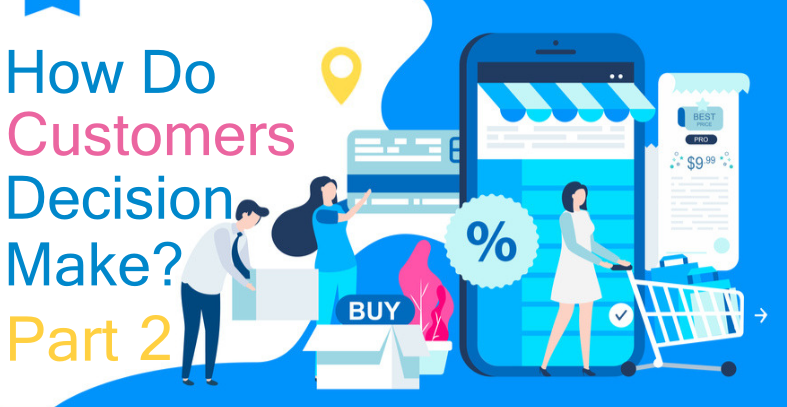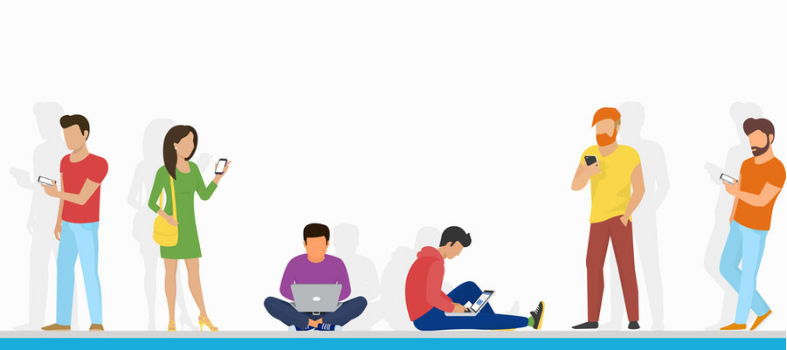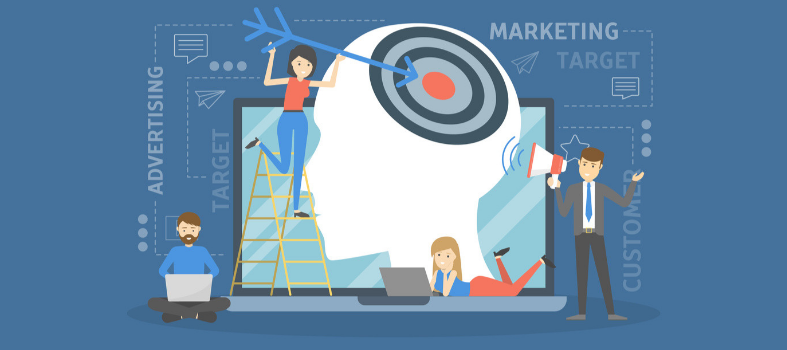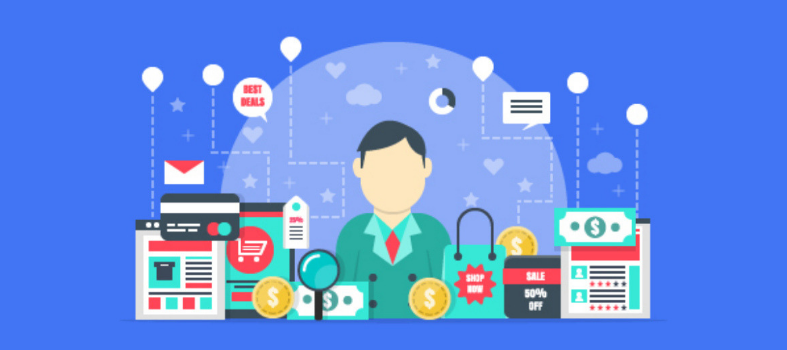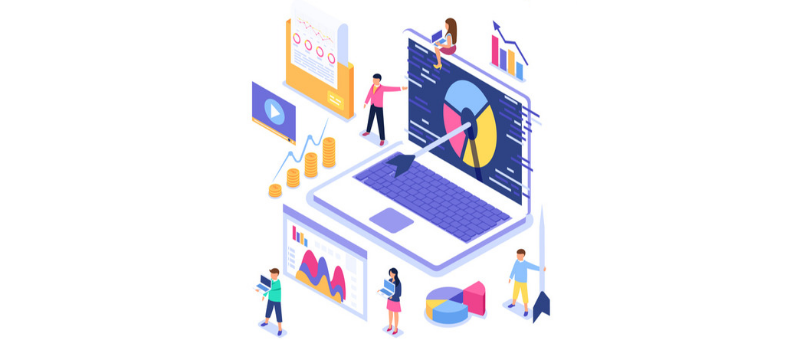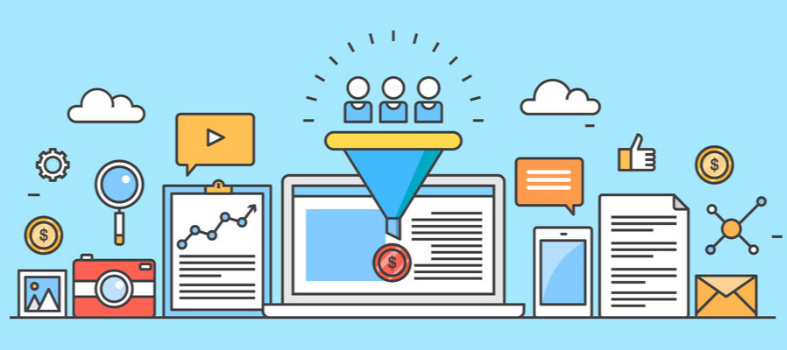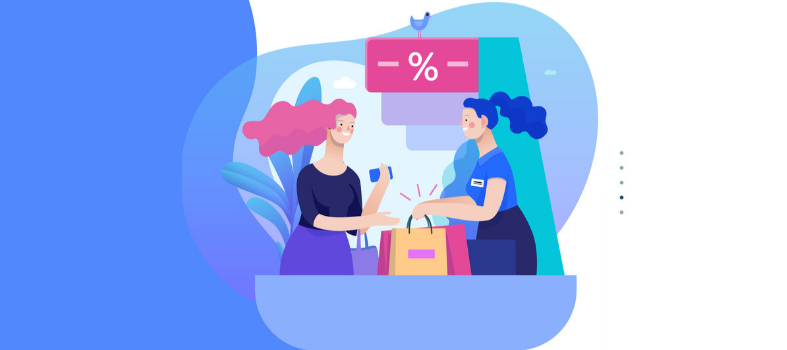How your website can influence the decision-making process
Hopefully, you will have read the last blog which spoke about how customers and website visitors are influenced during their decision-making processes. In the second part of this two-part blog we look at how marketing departments can influence these processes through in-depth knowledge. As we have already seen, human decisions are based upon four pillars – cognitive prejudices, memories, reasoning and emotions.
There is often a huge lack of knowledge as regards behavioural intelligence in Conversion Rate Optimization (CRO) activities. Organisations may perform numerous tests on their website but despite a proliferation of site experiments, we still find it difficult to draw the right conclusions. What actually drives customer behaviour often remains a mystery. Medical researchers are still a long way from understanding the intricacies of the human brain, so how can marketers be expected to be experts in the field of decision-making? To keep things as unscientific as possible, marketers should be aware of one physiological effect – dual processing.
Dual processing in the customer brain
Dual processing is the presence of two active systems in the brain. System One is the equivalent of automatic pilot. It is always switched on and accounts for our basic, instinctive behaviours. We do not need to think. System One works in the opposite way to System Two: conscious and rational decision-making. In fact, it is conscious thinking or awareness gives us our very unique characteristics and makes each customer different. System Two allows imagination, comparison, learning and opinion. It plans for the future, judges according to the past and affects everything we do.
This two-system approach should be integrated in the methods a business uses to gather and analyse data. While catching the attention is a System One approach, System Two keeps this attention focused on you or your product. Consider your own web pages. How much of your website’s decision-making requests are automated and how many use conscious and rational processes? In which order do they appear? And how attuned are they to the specific characteristics of each brain process?
It should be stressed that both systems work very closely together. We might think we control the majority of our behaviours in a rational, calculated way but this is rarely the case, and one of the reasons why usability studies aren’t enough when looking in depth at user behaviour. Usability testing involves a conscious response to a query. This means they are ideal for System Two evaluations but useless for System One.
Distractions lower the rate of rational thinking as more energy is required to focus one’s full attention. The presence of distractions mean it is possible to interpret only a small amount of information. This effect is obvious in the case of pop-up ads. When using digital devices with regular pop-ups attempting to distract us, we lose focus. This effect manifests even more strongly on mobile devices as we often have to deal with push notifications. While a usability study might have most visitors reporting that they “hate pop-ups”, other tests may show how conversion rates are higher when these ads are implemented due to the limitations on rational thinking these pop-ups cause. One very clear example of how System One and System Two require different perspectives when under scrutiny and how a System Two-derived statement is not always taken as gospel.
It is now time to look at how we can induce certain behaviours and decisions within our website design and marketing campaigns using decision-making processes as a foundation.
Automated behaviour
For centuries, artists have led the eye where they want it to be led. The flow of a river will take the eye through a landscape’s surface to land on a small, seemingly insignificant detail. Where the human eye lands is an automated behaviour. The eye follows cues and signs without using rational thought.
This means that visual marketing must take System One into full account. While the addition of an arrow might not increase the aesthetics of a page or mail, it does appeal to the automated side of decision-making. Being shown where to look means it is possible to bring the attention to the right place in the shortest amount of time.
Yet how that attention is held once the eye lands where you want it to land is more of a task for System Two. However, without taking System One into account, that attention may never be caught.
Associative behaviour
Our thoughts are associative. The neurons of the brain constantly link one piece of information to another. When you think of ‘ice cream” you associate the words cold, plastic tub, sweetness, summer, strawberry or chocolate with it. Your brain may then go on to associate other, less obvious terms. Brain freeze, shiver, spoon, texture, and so on. Personal memories play a role. Advertising, too.
Advertising and marketing should always include one of more forms of implicit association. For example, youth hostels are often associated with low standards of safety. Studies show that when advertising, one should include positive implicit associations. For a new youth hostel, this does not mean telling the customer directly “You are safe with us”. This statement gives unpleasant, negative connotations. Further research shows that high standards of cleanliness are often implicitly associated with a feeling of security. By mentioning a clean environment without using the word “safe” (where the customer’s attention is immediately brought to the reasons why a hostel may be considered unsafe) one is taking advantage of implicit association.
Perception and mental accounting
Perception is based upon mental accounting and the top example included in this topic is website design, as it is often required to reduce the customer’s perception of price while remaining transparent (and thus increasing levels of trust).
So how does one reduce price perception? One of the best methods is to include the monthly investment of a purchase, instead of the full price. The full price can be placed on a separate downloadable document to comply with standards of transparency. If you sell mattresses, for example, your page can mention that the average person sleeps eight hours a day and your mattresses last for ten years, meaning your mattresses cost just five dollars a month. System One only takes into account what it sees. So this method caters to automated behaviours. Your visitor might then use his or her own calculation to check this price. If they come to the same amount, this only improves their System Two impression of your company.
Once you mention the price per month, a period of comparison-making begins. Because everything is relative, your visitors compare this price with other monthly costs, like the electricity bill, mortgage or rent, and salary. These are all hefty sums. In comparison, five dollars is nothing. This is an example of the WYSIATI principle – What You See Is All There Is.
Rationalising
We are not as rational as we would like to assume. People come up with reasons, alibis and explanations for behaviours long after these behaviours have already been carried out and long after the decision to behave that way has been made.
System Two is constantly trying to justify each and every behaviour. It does not have to give the real reasons why a decision was made but is more developed to appease the person in question of his or her rationality. When asked why you bought that very expensive pair of blue shoes, the response “Because I liked the colour” is not enough of a reason for many. Humans rationalise and justify using sentences such as, “Because my old shoes are worn and these ones will last for years”. This makes a large spend much more acceptable. In other words, rationalising calms and soothes us and tells us we have made the right decision.
But what is often forgotten is that rationalisation usually occurs after a decision has already been made. This is the work of System Two. As regards the example of the blue shoes, System One was an automatic response to the colour of those shoes. An instant attraction. The equivalent of clicking on Like rather than typing out a comment. System Two approaches are whatever the website mentions to increase the feeling of rational thought. They might place this pair of blue shoes next to an expensive designer pair of blue shoes (an approach many fashion magazines have been using for decades).
Furthermore, as e-commerce sites are required to include a returns policy, increasing ‘calming’ rationalisation can be a very important tool.
Conversion Rate Optimisation psychology
Online marketers influence the customer journey. Psychologists call this customer journey a set of behavioural steps. Based on these steps, we can test hypotheses and so influence the customer journey. Ideally, you should use several tests to prove the same hypothesis.
When several hypotheses have been proven you start to learn more about the real influence of the behavioural steps within the customer journey. These steps do not only occur on the website; multiple devices can be used at different times. This needs to be taken into consideration during testing, otherwise your insights into the customer journey will be lacking in data and even wrong.
Sales may be the Achilles heel in the start-up landscape, but fortunately this is something that can be mastered with popular misconceptions regarding start-up sales left far behind. Aaron Ross, sales director of the American technology giant Salesforce was able to generate US$100 million in recurring income within a few short years. This was not through increasing the number of sales staff but a path that led him through predictable lead generation and proper identification of target companies and customers, creating lists, and following outreach campaign conversions throughout the sales funnel using the original sales team. Only after this basic foundation had been achieved did sales staff begin to specialize. This approach is worthwhile considering, as it does not involve additional staff but growth through a more accessible approach and specialization only once this growth begins. One member of the sales team might be responsible for demos and redeeming deals, the other for generating and qualifying leads and so on. A supervisor will record and document the entire process for each seller to ensure reliable data.
Building up new leads usually reaches a plateau at some point. Different digital platforms attract advertisers and competition increases. In order to move past this plateau, channels should be as diverse as possible. One idea is to partner with resellers, but similar sales methods across different sectors simply do not work for everyone. Just as your customer should be considered an individual, so should your business. Only through careful and correct analysis of target group behaviours and sales methods can the correct and individual policies, missions and visions of your business be defined. Each sales department must change itself to work according to the tried and tested method of your individual business. Plagiarising the competition’s approach is damaging to your enterprise.
When selling equals trust
Trust is a valuable resource that needs to be earned through your speaking the same language as your prospect or lead. There is no point in describing every product according to professional specifications if you are selling to the layman. Similarly, System Two decision-making means your information must be correct, comparable and helpful.
Communication ‘from the outside in’ starts the process of a trusting relationship. This means viewing the way your business trades from the viewpoint of your customer. Most businesses are aware of this to a certain level. We do not try to sell agricultural machinery to quilt embroiderers. Alternatively, there is no use in offering a free trial for a product your potential customers are not sure they need or do not know how to use. A free trial is only of use if a decision has already been made to purchase your product.
Selling a product that requires a payment that is noticeable to the customer should be likened to selling a home. How many house viewings offer the opportunity to live in a home before committing to its purchase? Demos and trial versions might look like you are doing your customers a favour but they can be expensive overkill. Supplying a product that meets target specifications and communicates with the customer on his or her level is a much more efficient and also much more trustworthy method.
Outside in
Trust levels are increased through outside-in communications but also require significant patience. We simply do not trust strangers and even when trust is given it is easily lost. Probably the most common way to reduce levels of trust between customer and business is the need for quick wins; instant profits within a sales team which claps each other on the back for every sale does not build credibility as regards your target customer groups. The holiday apartment trading methods of the eighties no longer work in modern sales environments. Not only are customers savvier, they are much less likely to put their faith in a new face than before because a single click will bring them to hundreds of horror stories. For the modern sales department, quick wins should be passed over for long-term, positive customer relations. By always putting your customers first and communicating outside-in, trust is not only earned, it is retained.
Heavy investment in customer acquisition is another outdated method of quick win methodology and a short-sighted move when it comes to customer retention. When a business is prepared to take the slower and sustainable road through outside-in communication where everything is geared to the comfort of the customer, it has a much greater chance of success.
More technology, but even more humanity
That the role of the traditional sales employee has changed radically in recent years needs no further explanation. In an era where private and professional buyers are better informed than ever before, any technology must be smartly deployed. Yet the customer is not always as well informed as a company may believe. The flood of information found on the Internet can have the opposite effect – confusion and indecision. However technologically-savvy your business, keeping it simple in terms of customer communication is a must. B2B environments sometimes mention the decreased relevance of the sales representative due to artificial intelligence. We should take note that in the digital world, human-to-human contact is becoming somewhat of a luxury; however, the well-informed sales supervisor who is able to guide and coach prospects and customers is far from a dying breed. Quite the opposite. A central human figure in the sales department is the central hub of an AI environment and not only in the initial stages where large areas of machine learning must still take place. Without a human guide able to communicate outside-in, an AI sales department is unable to go the extra mile.
Of course, customers also want to know the faces behind your company. As social beings, you serve them best by offering a friendly, helpful and human face no matter how tempting the simplicity of the artificial intelligence machine. By knowing your customer, knowing how they make their decisions, analysing your very specific and in-depth data and changing your company strategies to correspond with your customer’s perspective, you will significantly increase the level of influence your business has upon your target market.


 1300 353 700
1300 353 700 info@magiknewmedia.com.au
info@magiknewmedia.com.au


